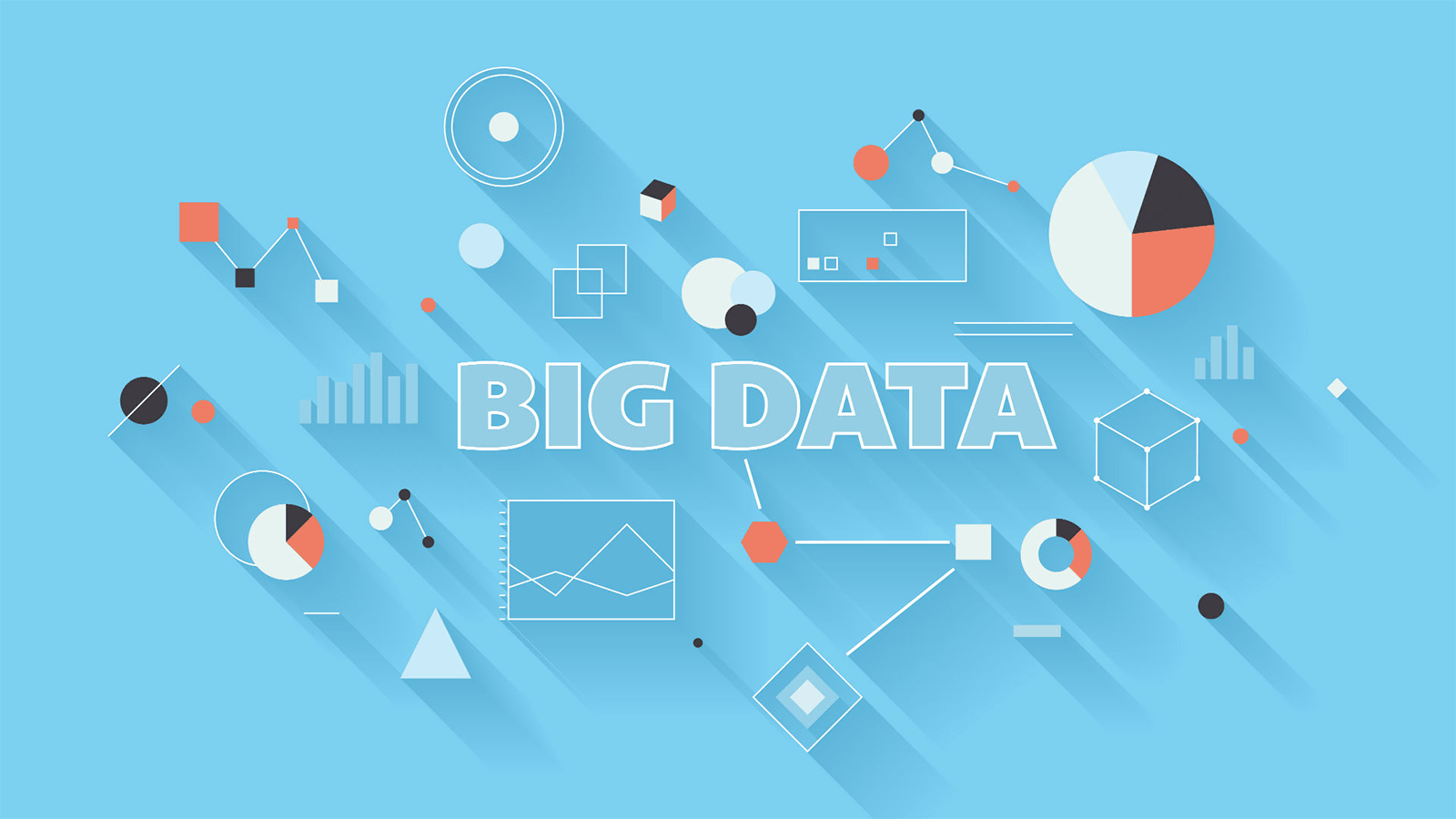Unraveling Insights: The Art of Data Analysis
Unraveling Insights: The Art of Data Analysis
Blog Article

Data analysis plays a pivotal role in today's data-driven world, shaping the way businesses make decisions, researchers draw conclusions, and policymakers design strategies. At its core, data analysis involves the process of inspecting, cleansing, transforming, and modeling data to uncover meaningful insights that can inform decision-making. It serves as a powerful tool for extracting valuable information from vast amounts of raw data, enabling individuals and organizations to make informed choices and predictions based on evidence and trends. In essence, data analysis is the art of transforming raw data into actionable knowledge, driving innovation, growth, and success across various industries and disciplines.
The Basics of Data Analysis
Data analysis is the process of examining, cleaning, transforming, and modeling data to uncover meaningful insights. It is a crucial step in making informed decisions, solving complex problems, and understanding trends in various fields.
In data analysis, the first step is to define the problem or question you want to address. This helps in determining the data needed and the appropriate methods to use for analysis. Once the problem is clearly defined, data is collected from various sources and organized for easy analysis.
Next, data analysis involves exploring the data to identify patterns, trends, and relationships. Visualization tools such as charts, graphs, and dashboards can be used to present the findings in a clear and understandable way. This process helps in drawing meaningful conclusions and making data-driven decisions based on evidence.
Common Data Analysis Techniques
When it comes to data analysis, there are several common techniques that analysts frequently rely on. One such technique is Descriptive Statistics, which involves summarizing and describing the main features of a dataset. This technique helps in understanding the basic characteristics of the data and drawing initial insights.
KPI analysis
Another important technique used in data analysis is Regression Analysis, which explores the relationship between a dependent variable and one or more independent variables. By fitting a regression model to the data, analysts can identify patterns, make predictions, and infer causal relationships between variables.
Data Visualization is also a key technique in data analysis, as it helps in representing data visually through charts, graphs, and dashboards. Visualizing data allows analysts to communicate complex information effectively, spot trends, and identify outliers or patterns that may not be apparent from the raw data alone.
Best Practices for Data Analysis
When embarking on a data analysis endeavor, it is essential to start by clearly defining the objectives of the project. Understanding the purpose behind the analysis helps guide the selection of appropriate techniques and ensures that the insights generated are relevant.
Maintaining data quality is another crucial aspect of effective data analysis. This involves conducting thorough data cleaning processes to address any inconsistencies, errors, or missing values in the datasets. By ensuring data integrity, analysts can make more accurate interpretations and draw reliable conclusions.
Collaboration among team members is key to successful data analysis projects. Encouraging open communication, sharing insights, and working together to address challenges can lead to more comprehensive analyses and innovative solutions. By fostering a collaborative environment, organizations can leverage diverse skill sets and perspectives to unlock valuable insights from their data.
Report this page